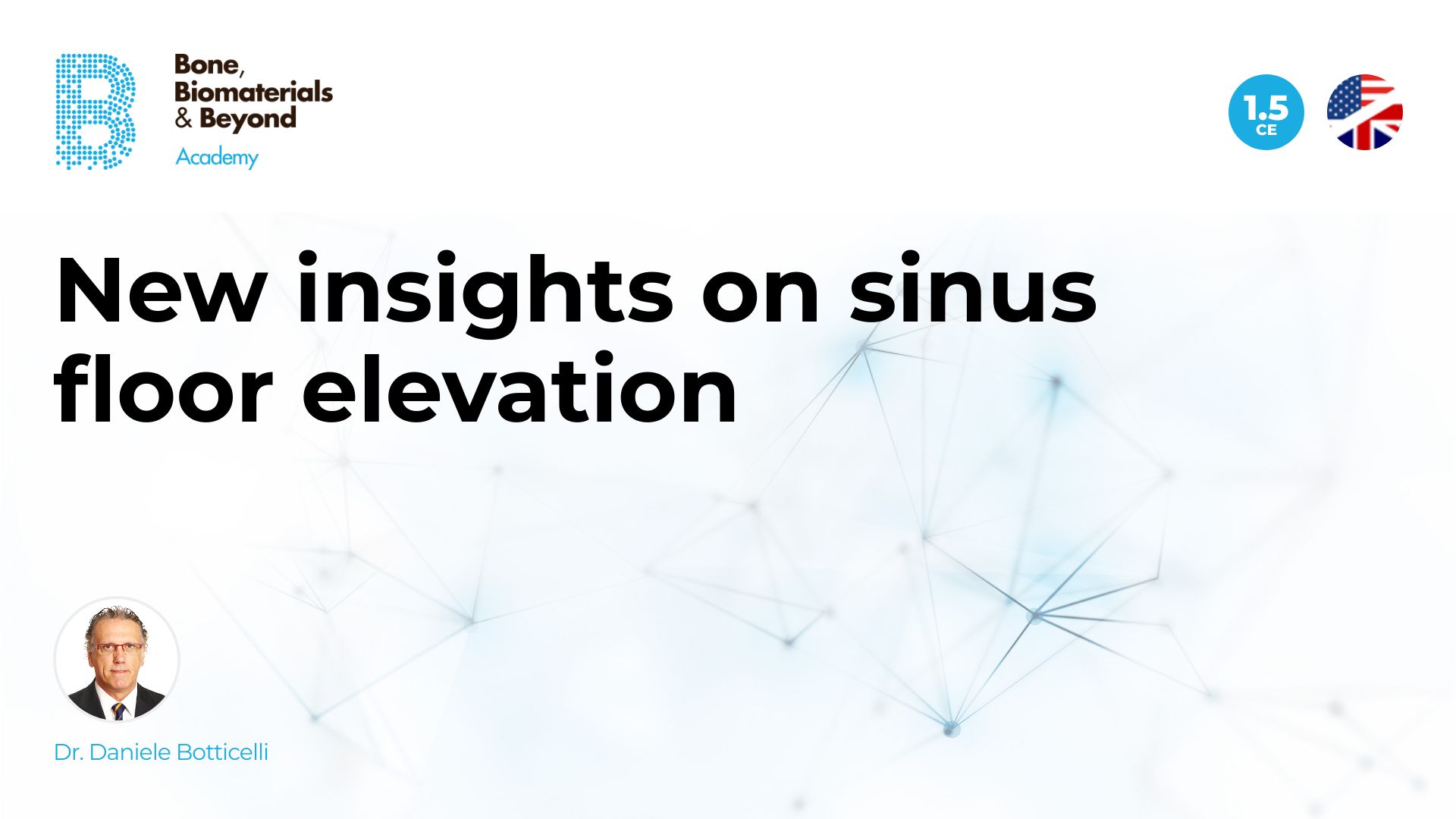New insights on sinus floor elevation
Despite the great scientific production regarding the sinus floor elevation, many questions still remain without a clear answer. Among these we can mention the doubts about the size to be adopted for the access window and where to place it, how to intervene if there are cysts or pseudocysts in the sinus, how much the sinus mucosa should be raised, whether or not to use the biomaterial to keep the sinus mucosa elevated and which biomaterial to use, whether to use a membrane and what type to protect the access window, whether to perform an immediate or delayed implant installation.
Despite the great scientific production regarding the sinus floor elevation, many questions still remain without a clear answer. Among these we can mention the doubts about the size to be adopted for the access window and where to place it, how to intervene if there are cysts or pseudocysts in the sinus, how much the sinus mucosa should be raised, whether or not to use the biomaterial to keep the sinus mucosa elevated and which biomaterial to use, whether to use a membrane and what type to protect the access window, whether to perform an immediate or delayed implant installation. Moreover, we still have other questions that need to be answered, such as: can post-operative edema involving the sinus mucosa cause occlusion of the ostium and infundibulum? Is the osseointegration of an implant installed in a composite similar to that obtained in standard alveolar? Can the sinus mucosa be perforated when in contact with the implant apex or threads or with the sharpen edges of biomaterial granules? What happens if the mucosa raised during the surgical procedure is brought into contact with the mucosa still adhering to the walls of the maxillary sinus? These questions without clear answers are a great stimulus to continue research in order to obtain evidence that can support our daily clinical work.
